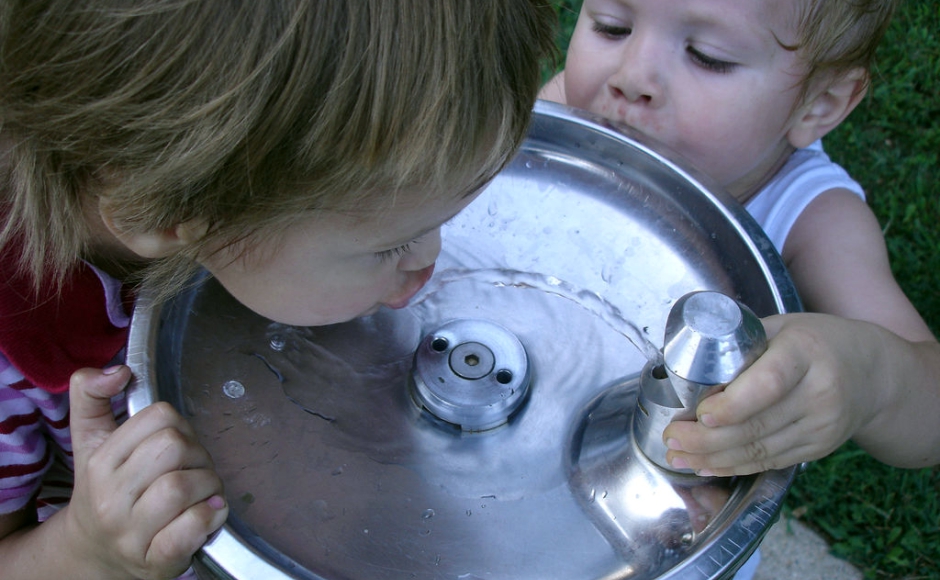 "Drink." Credit: Katherine Johnson - https://goo.gl/ccwNxI.
"Drink." Credit: Katherine Johnson - https://goo.gl/ccwNxI. "Drink." Credit: Katherine Johnson - https://goo.gl/ccwNxI.
"Drink." Credit: Katherine Johnson - https://goo.gl/ccwNxI.Related posts

Haddonfield Lands $800K ‘Safe Streets to Transit’ Grant, Plans Downtown Pedestrian Fixes
In the past year, the borough has won $1.025 million in transportation grants to improve walkability and accessibility to mass transit options in its Kings Highway corridor. Work on the first phase of the project could begin in summer 2026. Sign in or subscribe to continue reading…
December 17, 2025
Camden County Seeks Suburban Partners for Homelessness Outreach as Temperatures Drop
The county government is rolling out its regional ‘Code Blue’ response with programs to connect unhoused people with warm beds and social services providers. It’s asking municipalities to sign on to the collaborative effort to relieve pressures on law enforcement and drive better outcomes for vulnerable people. Sign in or subscribe to continue reading…
December 4, 2025
